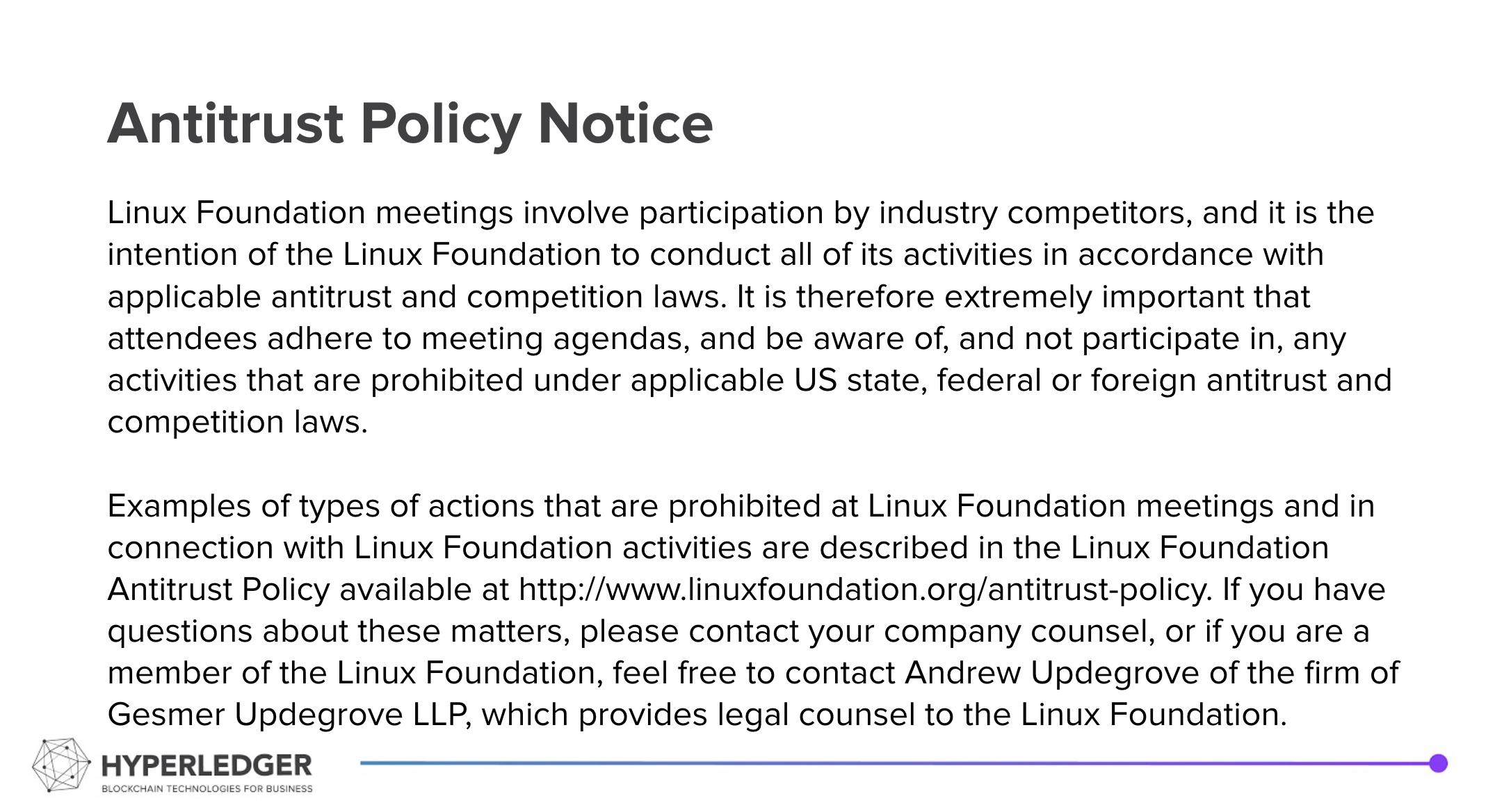Summary
| Excerpt |
|---|
|
Recording from the call:
...
Hyperledger is committed to creating a safe and welcoming community for all. For more information please visit the Hyperledger Code of Conduct. |
|---|
Welcome and Introductions
...
- Start the SpecUp document for the DID:Indy specification method
- From last week's discussion – confirmation of approach:
- Update the NYM to add a "diddocContent" item that is the equivalent of what we proposed would go in the DIDDoc ATTRIB, with assembly left to the client
- Include support for the version_id and version_time resolution parameters.
- Confirm error checking done on the NYM write. See proposal in the hackmd document (valid JSON, no NYM fields, valid DIDDoc)
- What are the security implications of running this code on a node – vulnerability possibility.
- Other options rejected
- Have a single call that gets the NYM and ATTRIB and state proofs for both with same multi-signed merkle root, and leave the assembly to the client.
- Likely choice if extending the NYM is impractical
- Do nothing
- Single call with both state proofs and ledger does assembly
- Write DIDDoc on ledger writes and have state proof for DIDDoc
- Add WRITE_DIDDOC transaction
- Have a single call that gets the NYM and ATTRIB and state proofs for both with same multi-signed merkle root, and leave the assembly to the client.
- Update the NYM to add a "diddocContent" item that is the equivalent of what we proposed would go in the DIDDoc ATTRIB, with assembly left to the client
- Serialization formats
- Include in document that DIDDocs are JSON-LD
- Three serialization formats in the DID Core spec – let's go with 1 to reduce interop and implementation effort.
- Daniel Hardmanwants to discuss this further, so that we consider JSON.
- Include in document that DIDDocs are JSON-LD
- Decision on assembly points of concern:
The "nymKeyAgreement" flag- Process: Remove the "content" item and just inline the rest of the DIDDoc content
...

